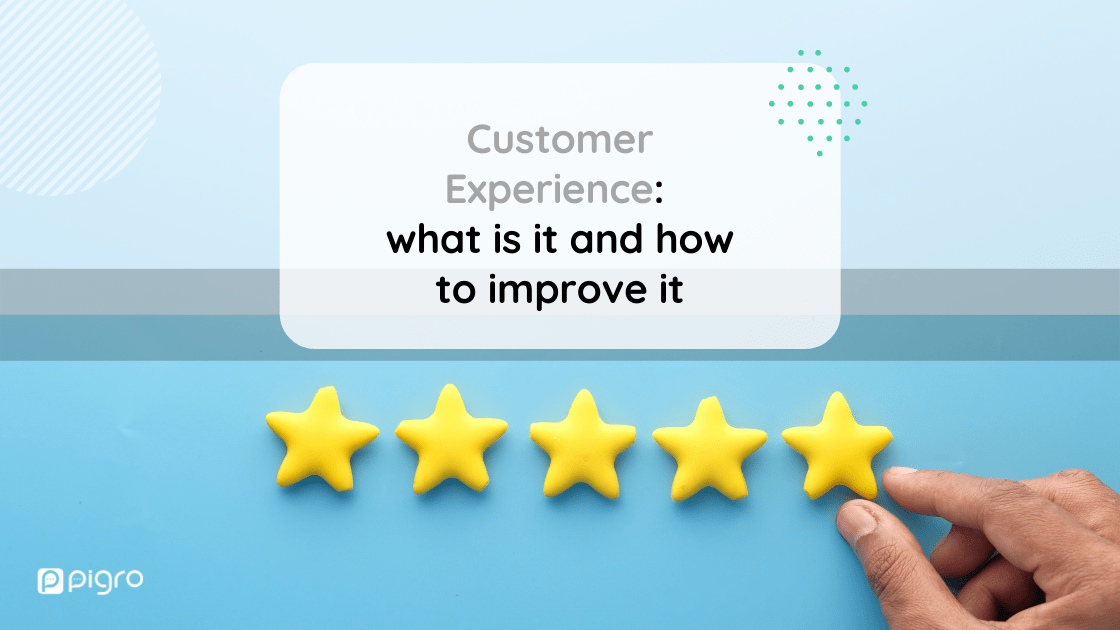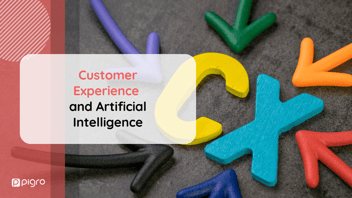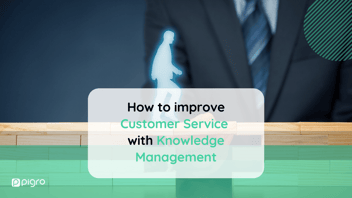Which is the Customer Experience meaning? A good Customer Experience strategy is a key factor for a brand: without it, customer satisfaction would be reduced and, consequently, customer loyalty will be compromised.
A satisfied customer is the best advertisement for a brand and that is why it is necessary to invest in an effective strategy.
But what are the elements that characterise the customer experience (CX)?
The Customer Experience Journey
To achieve a good CX customer experience, it is essential to analyze the customer journey, i.e. the path that the customer takes in his relationship with the company, from the birth of the need to the purchase of the product/service.
This “journey” consists of five key sequential moments:
-
awareness: the consumer is aware that he or she has a problem or need and must find someone who can fulfil it;
-
consideration: the consumer compares different products or services from different competitors, trying to understand the benefits;
-
purchase/decision: the consumer makes a decision and purchases a product or service from a certain organization;
-
retention: the organization can continue to engage with customers post-sale, to increase the likelihood of a higher customer lifecycle value from repeat business;
-
advocacy: customers who have meaningful experiences with an organization's products or services can become vocal supporters of the brand and attract new customers.
If the customer journey does not take place physically (as in the customer experience in-store), we talk about digital customer journey and, consequently, digital customer experience.
Although the steps remain unchanged, the customer profile is constantly changing and, for the journey to reach the final step, additional resources must be put in place.
Customer satisfaction, in fact, plays an increasingly important role and brands are investing in creating a journey to make the customer happy.
How can we do this? By focusing on a good Customer Experience, which must be increasingly accurate and timely in each contact point with the consumer, such as Customer Service and Helpdesk.

Customer Experience definition
What is CX? Customer Experience can be defined as the sum of experiences, feelings, emotions and memories that a customer develops while interacting with the brand.
More and more, a memorable buying experience remains in the mind of the consumer and influences his future behaviour.
A well-structured CX allows you to offer the consumers a true experience within the company, built on their needs and necessity.
As an omnichannel strategy, the best Customer Experience will lead to an improvement in various aspects, such as customer loyalty, which will lead the customer to establish a relationship of trust with the brand.
Loyalty is closely linked to brand reputation, which is the set of perceptions, evaluations, and expectations about a company that will improve Customer Satisfaction and lead the consumer to choose to turn to the brand again in the future.
Customer Touchpoints: Connecting with Your Customers
In the realm of customer experience, understanding and leveraging customer touchpoints is crucial. But what exactly are customer touchpoints?
Customer touchpoints refer to the various interactions and points of contact that a customer has with a brand throughout their journey. These touchpoints can occur at different stages, from the initial awareness of a problem or need, to the consideration and comparison of different options, all the way to the final purchase decision and beyond.
In the digital age, where physical interactions are not always possible, customer touchpoints have shifted to the digital realm. This means that every online interaction, from browsing a website to engaging with customer service or helpdesk, becomes a crucial touchpoint that can shape the overall customer experience.
Understanding and optimizing these touchpoints is essential for creating a positive and memorable customer experience. By focusing on delivering accurate and timely interactions at each touchpoint, brands can foster customer satisfaction and loyalty.
So, don't overlook the power of customer touchpoints. They are the key to unlocking a truly exceptional customer experience and building long-lasting relationships with your customers.
The Six Pillars - How to measure Customer Experience?
To better understand what is a good Customer Experience and how to improve Customer Experience strategy, the Customer Experience Excellence Centre of KPMG has drawn up six customer experience principles, the "six pillars":
-
Integrity: A brand that demonstrates integrity generates trust. Trust can be understood both as the ability of the company to cope with a difficult situation and as the consistency of individual staff actions that, taken together, help create the brand idea.
-
Resolution: one of the most relevant aspects of 2020, which, because of the pandemic, has made problem-solving skills even more necessary, reducing the time available and adding the unknown factor of an unprecedented global situation.
-
Expectations: It is important to understand customer expectations and, if possible, to exceed them.
-
Empathy: to understand the customer's needs, it is necessary to know how to put oneself "in his place", especially in a historical period of difficulty and uncertainty.
-
Personalization: Offering products and services tailored to the customer's needs provides an experience that makes them feel understood and satisfied.
-
Time and Commitment: it is not limited to the reduction of response times to requests, but consists of a whole series of aspects that make the process more fluid, such as the acceleration of bureaucratic aspects and the proposal of alternatives to the client.
These pillars represent the "six fundamental dimensions through which a customer judges the interaction with a brand" and it is important for companies to analyse them and implement a Customer Experience management strategy based on them.
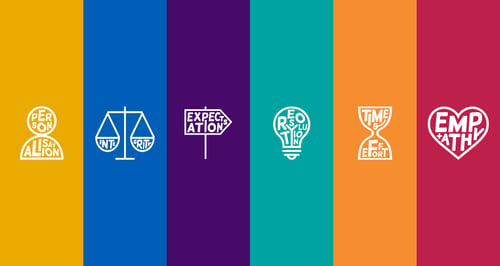
KPMG Research
The KPMG study “Global Customer Experience Excellence 2022: Orchestrating the connected customer experience” has been conducted on more than 89 '000 consumers across 25 markets.
The researchers define Customer Experience Excellence (CEE) taking into account the six pillars mentioned above, and the result is a survey of CX leading companies and their key characteristics, through the creation of case studies that help us in understanding customer experience strategies in 2022.
The analysis not only reflects the evolution of CX within companies but also highlights how brands are responding to the multiple global events that occurred in the last few years, including a pandemic, a war, national disasters due to unusual weather patterns, and the rapid adoption of disruptive technologies.
Agility and flexibility are now vital and companies have become aware that a strategy is an approach that needs to be monitored and recalibrated as circumstances dictate. The businesses striving to become future-ready have some characteristics in common: they think holistically about customers and don’t restrict the delivery of their experiences to one team or department, since nurturing and connecting capabilities are essential elements of organization design.
Customer journey design is collaborative and involves integrating and connecting key capabilities with the analytics needed to effectively predict when and what kind of problems may occur, ensuring a seamless end-to-end experience.
In 11 out of 25 countries the leading companies are the same as in 2021, and some of them, such as USAA and Emirates, have been leaders for many years. Their flexibility is an inbuilt function that enables them to adapt quickly and decisively to the changing of the new world. They embrace insights from customers and the marketplace, having a strong services culture and a willingness to test and learn, which allows them to evolve in a customer-centric way.
In a nutshell, to be “future-ready” requires a three-elements strategy:
-
An informed perspective on where the market is going, through analysis of trends, evolution of services/products and competitors;
-
Alignment of the business around those perspectives, by building a customer experience strategy that incorporates agility and flexibility to reduce friction;
-
coordinated activities and resources across front, middle, and back offices so the companies could be more efficient and productive in reaching common goals.
The orchestration is the mechanism by which organizations manage the development of these capabilities and processes, to deliver customer and cost outcomes, and is made by digital engagement, capability alignment, end-to-end integration, and partnerships.
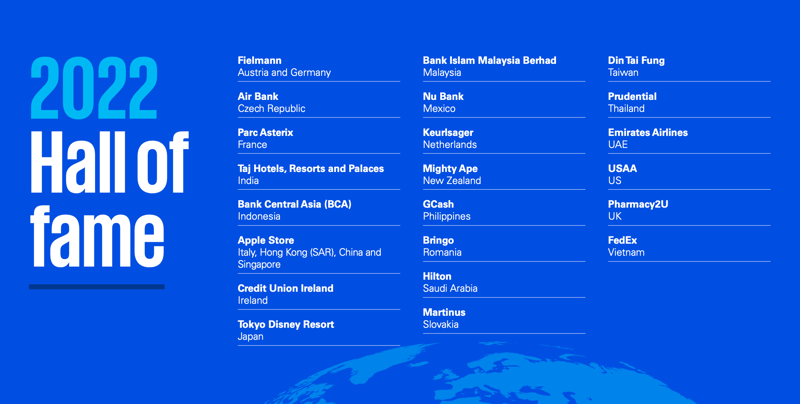
The benefits and the importance of Customer Experience
Customer satisfaction is one of the key aspects for the success of the customer journey and to achieve this the brand must invest in CX.
A CX focused on the consumers allows, in fact, to establish a loyalty process that, even after the first purchase, will lead the customer to turn again to the company in case of need, making it the promoter of the brand itself and ensuring competitive advantage.
A strategy focused on these aspects will bring various benefits such as growth in purchases, a decrease in customer management costs, and an increase in cross-selling and up-selling opportunities.
Find out more:
- How to improve Customer Service with Knowledge Management
- Boost your Customer Service Helpdesk with Knowledge Management
Do you want more information about Pigro? Contact us!
